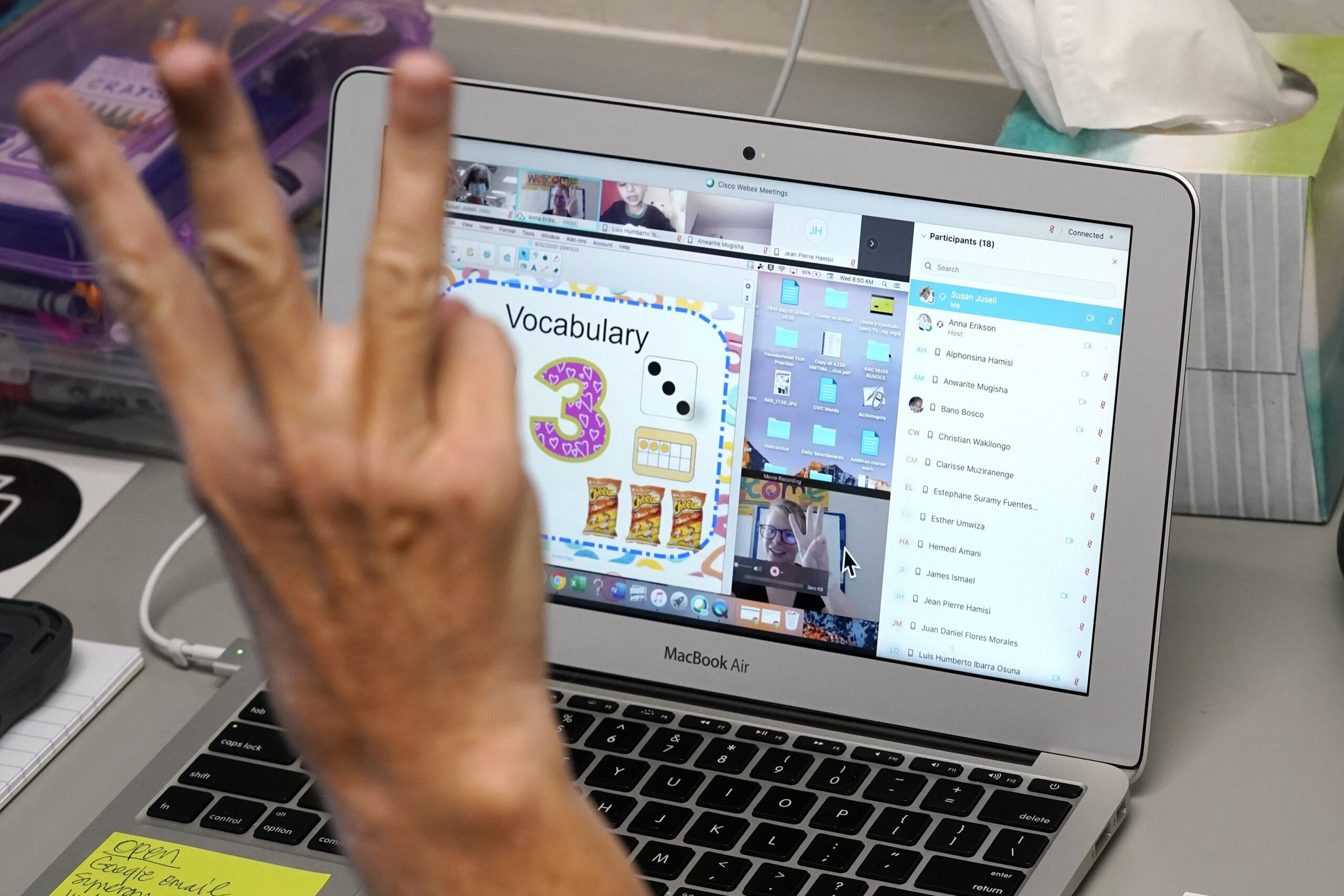A new survey from Alpharetta-based education nonprofit Cognia shows for many students, remote learning last spring resulted in school work that was too easy or material they’d already learned. The report surveyed nearly 74,000 students, parents, and teachers from the U.S. and 22 other countries.
It found eight in 10 students said they had more work to do remotely than in the regular classroom. Sixty percent of students said the assignments were either “new and easy” or “something already learned.” The majority of parents said they’re worried about their children’s preparation moving forward.
“Part of the concern there for teachers was their availability to provide the support that they typically would provide in a face-to-face setting for a more challenging assignment,” said Cognia president and CEO Mark Elgart. “So students reported that they were busier, but it was a lot of busywork.”
Elgart said the shift to virtual learning was a barrier for some students who lacked the resources to participate online.
He added the lack of routines for teachers, students, and parents also disrupted online learning. Elgart said schools shifted to virtual formats so quickly last spring that many simply transferred their in-person schedules to remote ones.
“When every class has 30 kids, and you’re spending most of the time making sure they haven’t ‘zoomed out,’ that they’re engaged, they’re paying attention, [the] learning process is compromised because it becomes secondary to managing the technology, the interface, and the activity,” he said.
Elgart says schools are likely to get better results if, in addition to instructing the whole class, teachers can meet with small groups of students and let them work together on more challenging assignments.
“When [students are] able to engage in collaborative work, the teacher has the opportunity to provide more than busywork, to provide work that allows them to apply their knowledge work together and extend what they know,” Elgart said.
The survey concludes that schools shouldn’t forgo rigorous instruction. It says parents and schools should stick to routines to help keep students on track.
“Investing in relationships between students and educators, parents, and students and parents and educators is critical,” Elgart said.
He adds that schools and districts need to allocate resources toward remote learning in order for it to be effective.
“We need to really pay attention to investing in our educational systems so that efforts can be sustained over the long term,” he said. “And right now, those efforts are being constrained by a lack of resources.”









